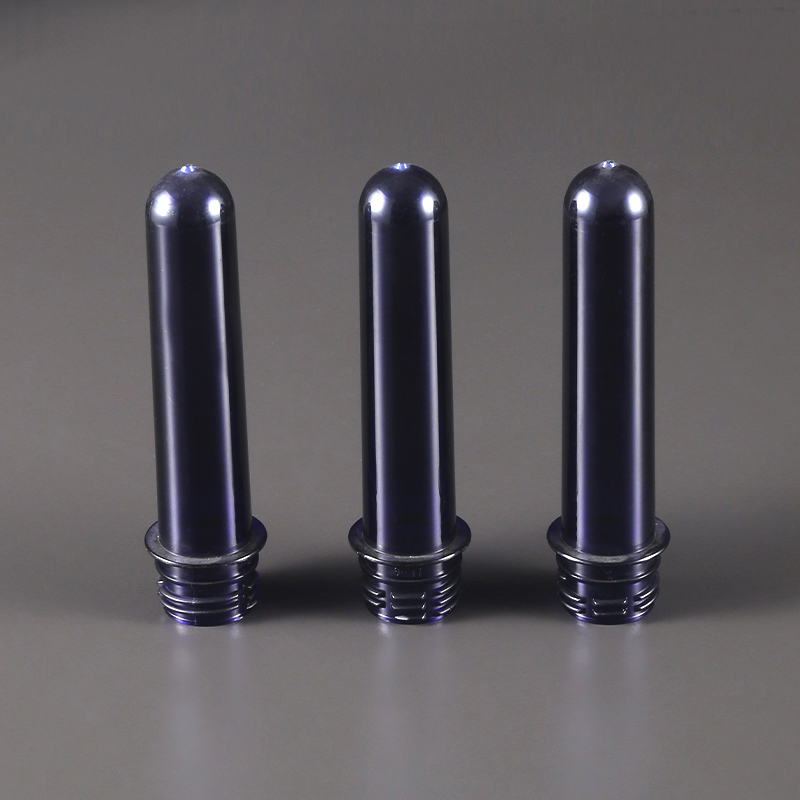The 1881 PET preform is a molded piece of PET plastic that serves as the starting point in the production of plastic bottles, especially for the beverage and liquid industries. The material used to produce these preforms is crucial for ensuring that the final bottles meet necessary standards for strength, durability, and safety, particularly in applications involving liquids that require secure seals and protection from contaminants.

The primary material used for producing 1881 PET preforms is polyethylene terephthalate (PET). However, PET preforms often contain additives and modifiers to improve their performance in certain applications. Here's a closer look at the core materials and additives that make up 1881 PET preforms:
a) Polyethylene Terephthalate (PET) Resin
PET is a type of thermoplastic polymer widely used in the production of containers, bottles, and other packaging materials. PET resin offers several advantages that make it ideal for producing preforms and bottles, including:
High Strength and Durability: PET is known for its strength-to-weight ratio, which helps ensure the durability of the final bottles. The material is resistant to impacts and can withstand the internal pressure generated by carbonated beverages without compromising its structural integrity.
Transparency: PET is naturally transparent, which makes it suitable for applications requiring visibility of the contents, such as bottled water, juices, and soft drinks.
Barrier Properties: While PET has moderate barrier properties against moisture, oxygen, and carbon dioxide, it can be further enhanced through additives to improve the shelf life of the product inside the bottle. PET preforms are suitable for both carbonated and non-carbonated beverages.
Lightweight: PET is a lightweight material, which reduces shipping costs and makes it easier for consumers to handle the final product.
b) Additives and Modifiers in PET Preforms
In addition to pure PET resin, several additives and modifiers are commonly mixed with PET to enhance its properties. These include:
Plasticizers: Plasticizers are added to improve the flexibility of PET. This is especially important for preforms that are subjected to high temperatures and pressures during the blow molding process. These additives ensure that the material does not become brittle and can withstand the stresses of molding and transport.
UV Stabilizers: To protect beverages from the harmful effects of ultraviolet (UV) light, manufacturers often incorporate UV stabilizers into PET preforms. These additives prevent degradation and discoloration of the product inside the bottle, which is especially important for light-sensitive beverages like juices and certain dairy products.
Antioxidants: Antioxidants are used to prevent oxidation, which can degrade PET over time. These additives help increase the shelf life of PET bottles and ensure that they remain safe for use over extended periods.
Colorants and Dyes: Although PET is naturally transparent, colorants and dyes can be added to achieve specific hues, such as green or blue for bottled water. These colorants also help enhance the aesthetic appeal of the final product.
Recycled PET (rPET): Increasingly, manufacturers are incorporating recycled PET (rPET) into preform production. rPET is made from post-consumer recycled plastic bottles, which helps reduce the environmental impact of producing new PET material. Bottles made with a blend of virgin PET and rPET provide a sustainable alternative without compromising on quality.


 English
English Español
Español 中文简体
中文简体